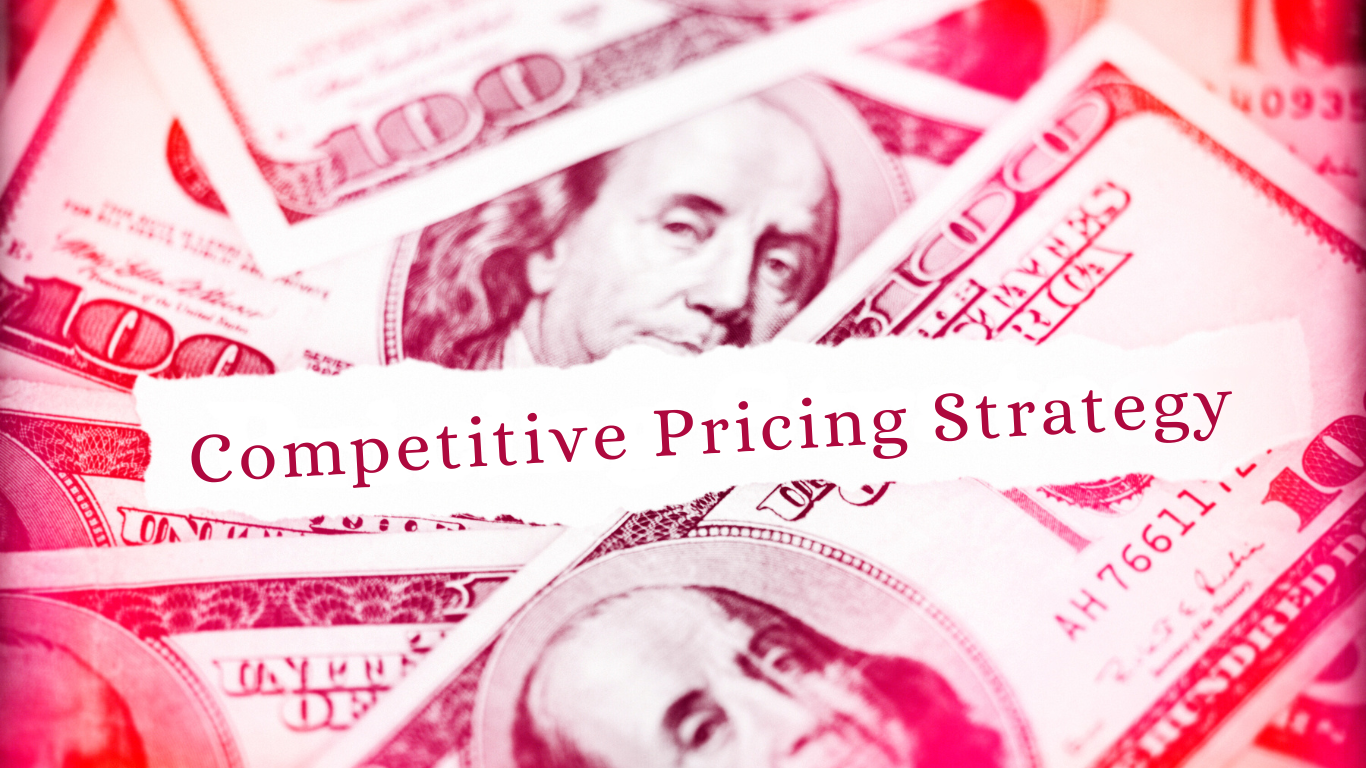Competitive Pricing involves setting the price of a product or service based on what competitors are charging. This strategy is common in markets with similar products where consumers can easily compare prices.
Pros of Competitive Pricing
Market Alignment
- Prices are aligned with the market, making the product competitive.
- Helps avoid overpricing or under pricing relative to competitors.
Simplifies Decision-Making
- Reduces the complexity of pricing decisions.
- Easy to implement, as it involves monitoring competitors' prices.
Encourages Market Analysis
Forces businesses to stay informed about market trends and competitor activities.
Cons of Competitive Pricing
Price Wars
- Can lead to destructive price wars where competitors continuously lower prices, eroding profit margins.
- Not sustainable in the long term if it leads to significant profit loss.
Ignores Costs
May result in prices that do not cover costs, especially if competitors are using unsustainable pricing strategies.
Lack of Differentiation
- Competing solely on price can diminish the perceived value of the product.
- May overlook the product’s unique value proposition or differentiating factors.
Best Use Cases for Competitive Pricing
Commodities
Markets where products are very similar, and price is a major deciding factor (e.g., gasoline, basic groceries).
Highly Competitive Markets
Industries with many players offering similar products (e.g., consumer electronics, airline tickets).
New Market Entry
New entrants looking to attract customers by matching or undercutting established players.
Implementation Tips
Regular Monitoring
- Continuously track competitors' prices and adjust accordingly.
- Use competitive pricing intelligence tools for real-time data.
Value Proposition
- Clearly communicate the unique value or benefits of your product to justify the price.
- Ensure that any price difference is perceived as justified by quality, features, or service.
Cost Consideration
Ensure that prices cover all costs and allow for a sustainable profit margin, even when aligning with competitors.
Strategies Within Competitive Pricing
Price Matching
Offering to match any competitor's price to ensure customers are getting the best deal.
Promotional Pricing
Running short-term promotions to temporarily undercut competitors and attract customers.
Loyalty Programs
Implementing loyalty rewards or discounts to retain customers even if prices are not the lowest.










0 Comments